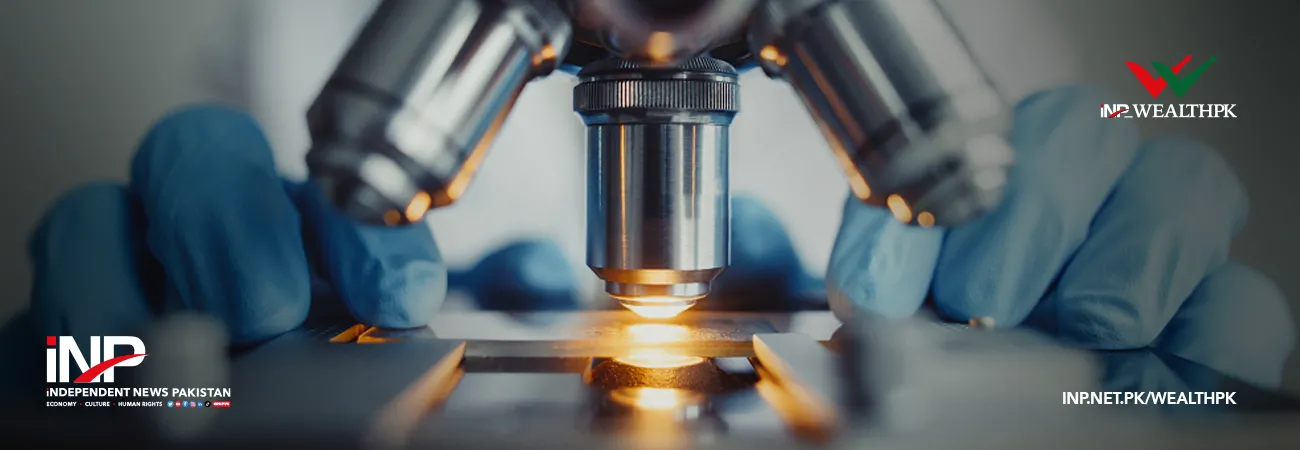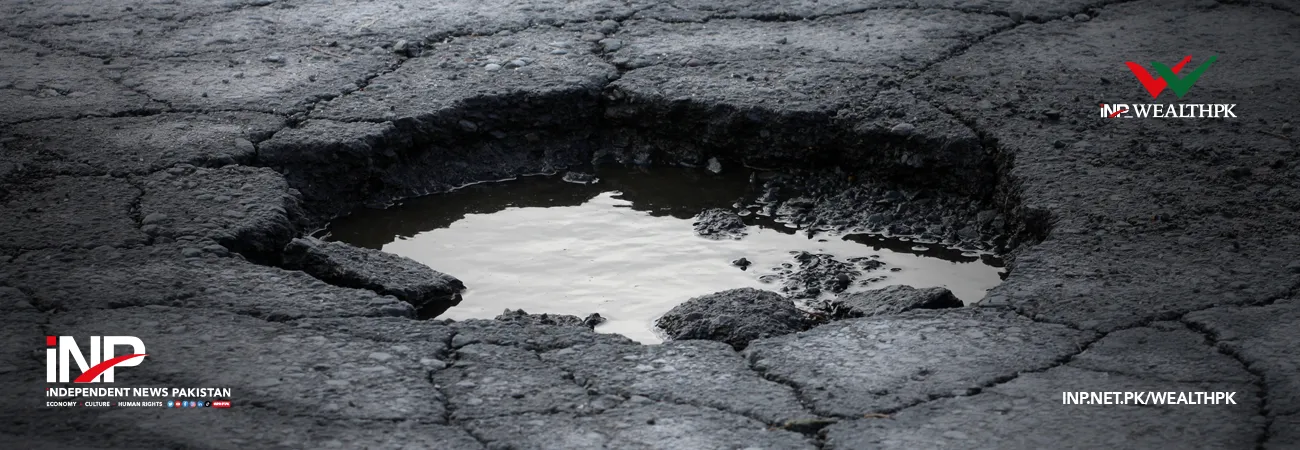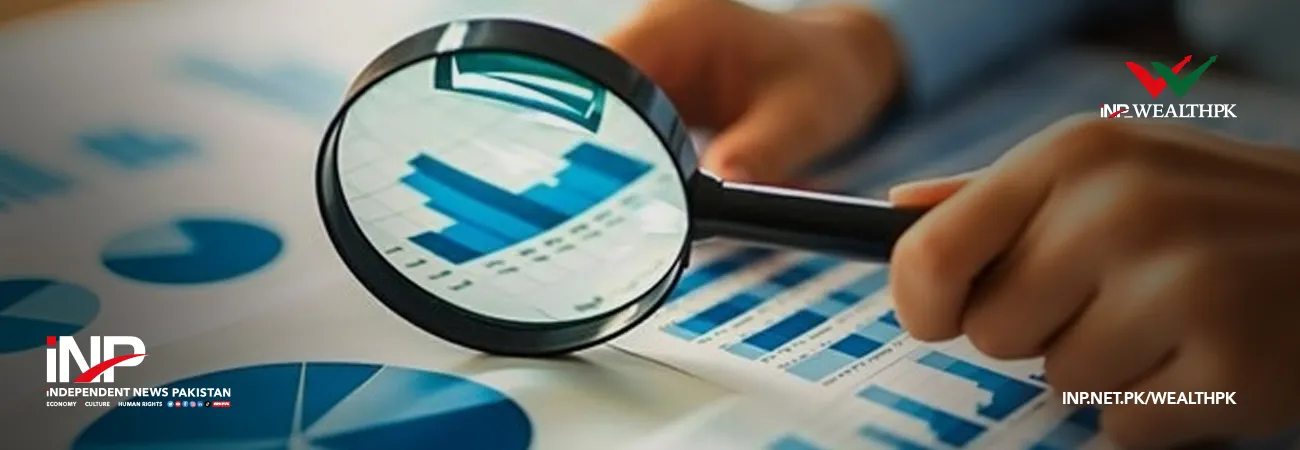INP-WealthPk
Ayesha Saba
Experts have urged the government to extend targeted incentives for export diversification and green technologies as it pushes for aligning Public Sector Development Programme 2025-26 with the ‘URAAN Pakistan’ vision, which aims to tackle longstanding economic challenges and set the country on a sustainable growth trajectory.
Talking to WealthPK, Sajid Ameen Jawed, an eminent macroeconomist at Sustainable Development Policy Institute (SDPI), said the government should go beyond physical infrastructure spending and adopt a more targeted industrial policy.

He stressed that export diversification must become a core pillar of the ‘URAAN’ agenda. He noted that Pakistan’s export basket remained dangerously narrow, with textiles comprising nearly 60% of all exports. “Without incentives for non-traditional sectors like IT, pharmaceuticals, and green manufacturing, the economy remains vulnerable to external shocks.”
Jawed stressed the need for establishment of export facilitation zones, value chain development, and skills upgrading tailored to the green and digital economy.
He stated that while turning Pakistan into a one trillion-dollar economy by 2035 is an ambitious goal, it can be achieved through sustained commitment, consistent policy implementation, and a broad-based, inclusive strategy that engages all segments of society.
Talking to WealthPK, an official of the Planning Ministry on condition of anonymity said that the government was now prioritising projects that offer high social returns, especially in education, green energy, and logistics, to ensure that growth is not only inclusive but also climate-resilient and technology-driven. “This marks a shift from traditional brick-and-mortar investments toward catalytic projects that can reshape Pakistan’s long-term competitiveness.”
The official further stated that to address longstanding implementation inefficiencies, the government was introducing comprehensive monitoring and evaluation reforms. “These include digital dashboards for real-time project tracking, third-party validations, and adaptive planning mechanisms to reduce time and cost overruns.” The official said these steps are critical to ensuring value for money and achieving tangible development outcomes.
He emphasised that the core focus will be on leveraging limited fiscal space to maximise development impact. “By aligning resources with long-term strategic priorities, the government aims to transition Pakistan into a dynamic, resilient, and forward-looking economy, which is not only competitive globally but also equitable at home.”
According to the Ministry of Planning official, the PSDP allocation for current fiscal (FY26) stands at Rs1.25 trillion, with a significant share directed toward high-impact sectors such as renewable energy, digital infrastructure, water resource management, and education. Over 63% of PSDP resources have been allocated to infrastructure, with major shares for transport and communication, water resources, energy, and physical planning & housing.
Credit: INP-WealthPk













